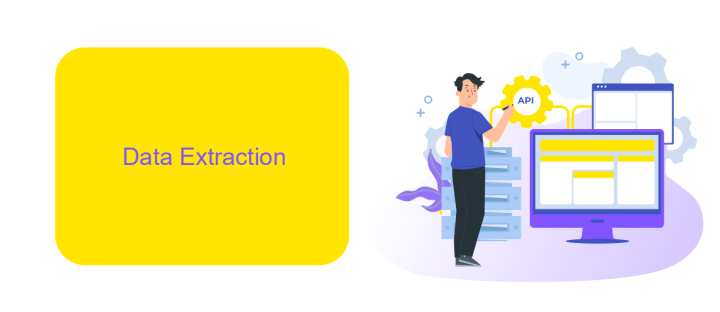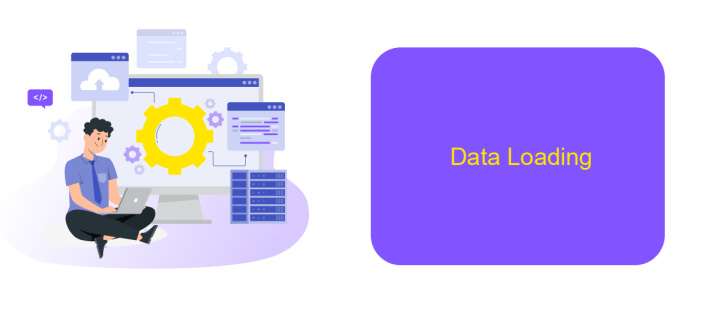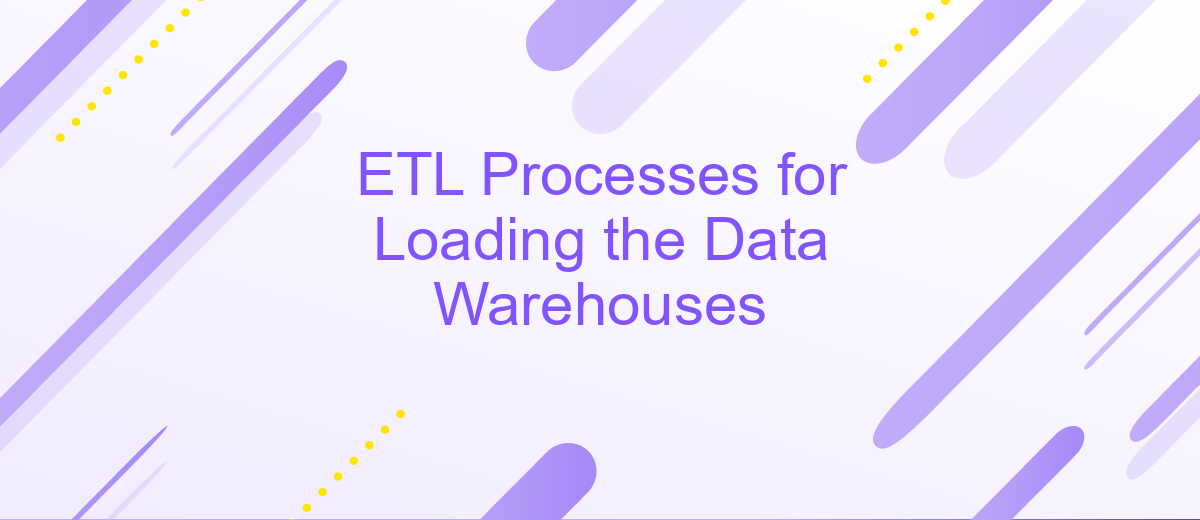ETL Processes for Loading the Data Warehouses
Extract, Transform, Load (ETL) processes are crucial for effectively handling data in modern data warehouses. These processes ensure that data is accurately extracted from various sources, transformed into a suitable format, and loaded into the data warehouse for analysis. This article delves into the intricacies of ETL processes, highlighting their importance and best practices for optimizing data workflows.
ETL Processes for Loading Data Warehouses
ETL (Extract, Transform, Load) processes are essential for populating data warehouses with accurate and timely data. These processes involve extracting data from various sources, transforming it into a suitable format, and loading it into the data warehouse. Efficient ETL processes ensure data consistency, integrity, and accessibility, which are crucial for effective data analysis and business intelligence.
- Extract: This step involves retrieving data from multiple sources such as databases, cloud services, and APIs.
- Transform: The extracted data is cleaned, validated, and transformed into a format suitable for analysis. This may include data normalization, aggregation, and enrichment.
- Load: The transformed data is then loaded into the data warehouse, making it available for querying and reporting.
To streamline ETL processes, integrating with automation tools like ApiX-Drive can be highly beneficial. ApiX-Drive simplifies the integration of various data sources by providing an easy-to-use platform for setting up automated data flows. This reduces manual effort, minimizes errors, and ensures that the data warehouse is always up-to-date with the latest information.
Data Extraction

Data extraction is the initial phase in the ETL process, where raw data is collected from various source systems. These sources can range from relational databases, cloud storage, APIs, to flat files. The primary goal during this stage is to retrieve relevant data accurately and efficiently without altering its original form. Ensuring data integrity and consistency is crucial, as any discrepancies can propagate through the subsequent stages of the ETL process.
Modern tools and services, such as ApiX-Drive, facilitate seamless integration and data extraction from diverse sources. ApiX-Drive offers a user-friendly interface that simplifies the process of connecting to various APIs and automating data extraction workflows. By leveraging such services, organizations can streamline their data extraction processes, reduce manual intervention, and focus on data analysis and decision-making. Efficient data extraction sets the foundation for a robust data warehouse, enabling businesses to derive actionable insights from their data.
Data Transformation

Data transformation is a crucial step in the ETL process, responsible for converting raw data into a format suitable for analysis and reporting. This step ensures that data from various sources is harmonized to provide meaningful insights. The transformation process involves several key activities, each targeting specific aspects of data quality and consistency.
- Data Cleaning: This involves removing inaccuracies, duplicates, and inconsistencies to ensure data quality.
- Data Integration: Combining data from different sources to create a unified dataset. Tools like ApiX-Drive can facilitate seamless integration.
- Data Aggregation: Summarizing data to provide a comprehensive overview, often used in reporting and analytics.
- Data Enrichment: Enhancing data by adding additional information, making it more valuable for analysis.
- Data Formatting: Converting data into the required format, such as changing date formats or standardizing units.
Effective data transformation ensures that the data loaded into the data warehouse is accurate, consistent, and ready for analysis. Utilizing tools like ApiX-Drive can streamline the integration process, making it easier to handle data from multiple sources. This step is essential for deriving actionable insights and making informed business decisions.
Data Loading

Data loading is a critical phase in the ETL process, where transformed data is transferred into the target data warehouse. This stage ensures that the data is accurately and efficiently loaded, facilitating seamless access for analysis and reporting.
Effective data loading requires careful planning to handle large volumes of data and maintain data integrity. Various strategies, such as bulk loading and incremental loading, can be employed based on the specific requirements of the data warehouse and the nature of the data.
- Bulk Loading: Transfers large datasets in a single operation, ideal for initial data loads.
- Incremental Loading: Updates the data warehouse with only new or changed data, ensuring minimal disruption.
- Real-Time Loading: Continuously loads data as it becomes available, supporting up-to-the-minute reporting.
Tools like ApiX-Drive can streamline the data loading process by automating integrations between various data sources and the data warehouse. This reduces manual effort and ensures that data is consistently and accurately loaded, enhancing the overall efficiency of the ETL process.


Best Practices for ETL Processes
Effective ETL processes are crucial for successful data warehousing. One best practice is to ensure data quality at every stage. This involves validating and cleaning data before loading it into the warehouse. Implementing robust error-handling mechanisms can prevent data corruption and ensure that only accurate data is processed. Additionally, consider using incremental loading techniques to optimize performance and reduce the load on your system. This method updates only the data that has changed since the last load, making the process more efficient.
Another essential practice is to automate as much of the ETL process as possible. Tools like ApiX-Drive can facilitate seamless integrations and automate data transfers between various systems. This not only saves time but also minimizes the risk of human error. Regularly monitoring and maintaining ETL processes is also critical. Set up alerts and dashboards to track performance metrics and quickly identify any issues. By adhering to these best practices, you can ensure your ETL processes are reliable, efficient, and scalable.
FAQ
What is ETL in the context of data warehousing?
Why is ETL important for data warehousing?
How often should ETL processes be run?
What are the common challenges in ETL processes?
How can automation tools help in ETL processes?
Apix-Drive is a universal tool that will quickly streamline any workflow, freeing you from routine and possible financial losses. Try ApiX-Drive in action and see how useful it is for you personally. In the meantime, when you are setting up connections between systems, think about where you are investing your free time, because now you will have much more of it.

